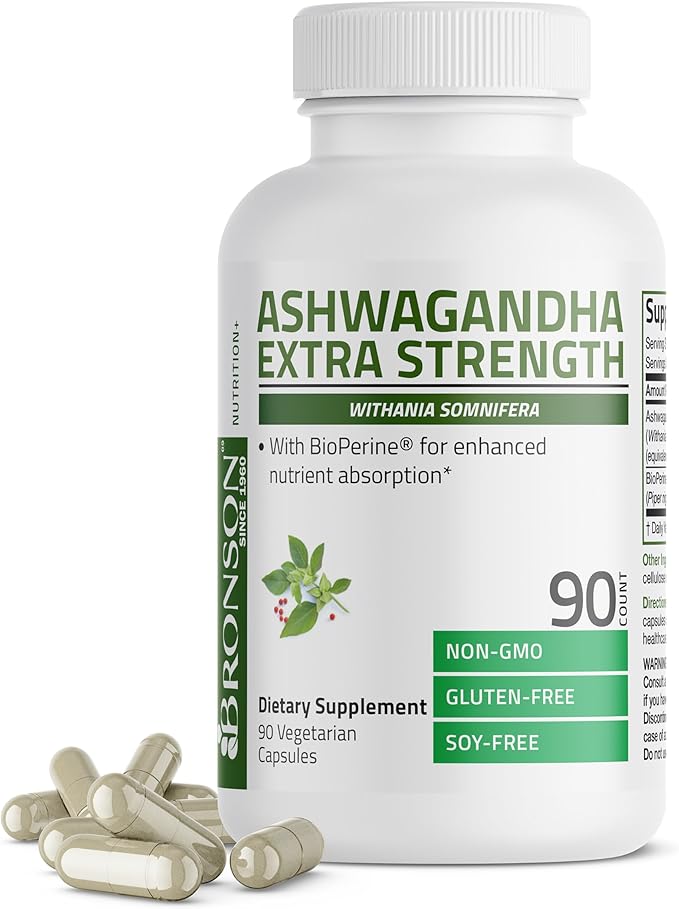Can you take Acetyl L-Carnitine and S-Acetyl-L-Glutathione together?
Interaction Details
Taking Acetyl L-Carnitine and S-Acetyl-L-Glutathione together has the potential for good synergy, suggesting a rating of 4 out of 5.
Acetyl L-Carnitine and S-Acetyl-L-Glutathione work together to support mitochondrial function and antioxidant defenses. Acetyl L-Carnitine plays a crucial role in fatty acid transport into mitochondria, enhancing energy production. S-Acetyl-L-Glutathione, a stable form of glutathione, is a powerful antioxidant that helps protect cells from oxidative stress. When combined, they may enhance the overall energy production and antioxidant capacity of cells. The acetyl group in both compounds can contribute to a synergistic effect, as Acetyl L-Carnitine can support the production of acetyl-CoA, which can be used to produce glutathione, while S-Acetyl-L-Glutathione can help recycle and maintain glutathione levels, ultimately supporting the antioxidant and energy-producing capacities of cells.
Potential Benefits
Potential Risks
Related Studies
Acetyl L-Carnitine
Acetyl L-Carnitine (ALCAR) is an acetylated form of L-Carnitine, an amino acid derivative that plays a crucial role in energy production. It is involved in the transportation of fatty acids into mitochondria, where they can be burned for energy.
S-Acetyl-L-Glutathione
S-Acetyl-L-Glutathione is a form of glutathione, an antioxidant that helps protect cells from damage. Some benefits include:
- Antioxidant properties
- Immune system support
- Detoxification processes
